- europages
- >
- COMPANIES - SUPPLIERS - SERVICE PROVIDERS
- >
- quartz
Results for
Quartz - Import export
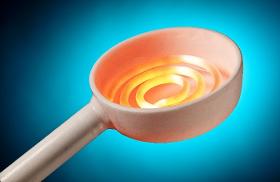
QUARZGLAS KOMPONENTEN UND SERVICE QCS GMBH
Germany
A quartz material / glass-encased, spiral-shaped, electrical heating coil with a large surface, which is mounted in a quartz material reflector shell with a handle, allows liquids to be heated indirectly by infrared radiation. This is used for the fast, economical evaporation or concentration of liquids. Due to this principle, only the surface of the liquid is heated very strongly, as the thermal radiation is absorbed even after shallow penetration, thus enabling gentle, uniform evaporation.In contrast to boiling evaporation, there is no loss of substance due to splashes from a moving boiling surface. Since surface evaporators are made exclusively from the material fused quartz / glass, it is possible to use the advantages of the material, such as good IR permeability, heat and heat change resistance, lowest electrical conductivity, exceptionally high chemical purity and resistance as a material. It complies with EC Directive 89/336 / EEC and EC Directive 73/23 / EEC.
Request for a quote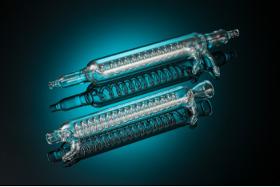
QUARZGLAS KOMPONENTEN UND SERVICE QCS GMBH
Germany
quartz glass laboratory equipment
Request for a quote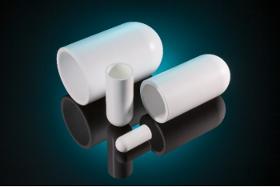
QUARZGLAS KOMPONENTEN UND SERVICE QCS GMBH
Germany
opaque quartz glass
Request for a quote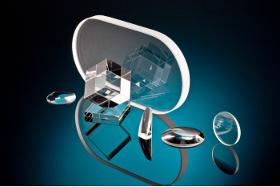
QUARZGLAS KOMPONENTEN UND SERVICE QCS GMBH
Germany
optical quartz glass
Request for a quote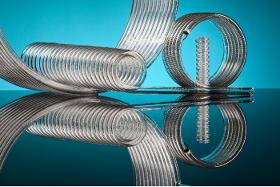
QUARZGLAS KOMPONENTEN UND SERVICE QCS GMBH
Germany
quartz glass spirale
Request for a quoteDo you sell or make similar products?
Sign up to europages and have your products listed

INFICON GMBH
Germany
Maximum stability in demanding applications The standard AT-cut, 1 in. (25.4 mm) diameter crystal, pioneered by INFICON, is used primarily in research applications with the INFICON RQCM (Research Quartz Crystal Microbalance). These research crystals are designed for use with INFICON rugged, easy to use crystal holders and are used for in-situ monitoring of deposited films or liquids. Geometry AT-cut quartz has superior mechanical and piezoelectric properties. The 1 in. (25.4 mm) diameter allows optimal distance between the active area of the crystal and the mounting o-ring. This improves the overall stability of the crystal by reducing the frequency changes due to mounting stress. Finish INFICON 1 in. (25.4 mm) research crystals are available with either an unpolished or polished finish. Polished crystals allow for a good correlation between theory and measurement during liquid immersion experiments. Electrode Material INFICON 1 in. (25.4 mm) research crystals are available...
Request for a quote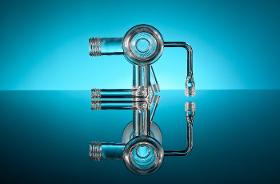
QUARZGLAS KOMPONENTEN UND SERVICE QCS GMBH
Germany
quartz glass Laboratory equipment
Request for a quote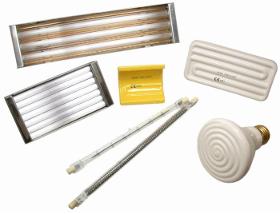
FRIEDR. FREEK GMBH
Germany
There are three main types of infrared emitters. They are classified according to emitted wave lengths. Which emitter type is the best for your application depends on many factors. For most applications an optimum match of emitted wave length and absorption of the target material is desirable. This means a highly efficient transfer of radiation energy in the material and thus a very quick heating. However, there are exceptions to the rule. At very high required energy densities, cyclical processes, transparent, thin or low-conductive materials it might be necessary under certain circumstances to deliberately use emitters whose characteristics deviate radically from the absorption characteristics of the material to be processed. Finally, in many applications, including thermoforming, all three basic emitter types are successfully used – long wave ceramic emitters, medium wave quartz emitters and short wave halogen emitters.
Request for a quote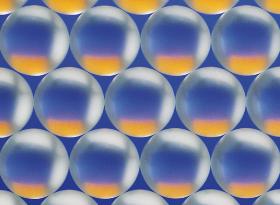
HILGENBERG GMBH
Germany
In addition to our micro quartz glass beads, we also supply simple quartz glass beads with diameters from 2 to 30 mm. These versions are manufactured in a less complex procedure, and also have a plain surface. Glass beads made of quartz glass (1kg)
Request for a quote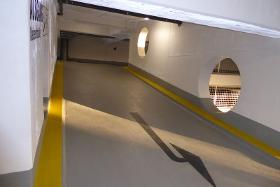
EPOWIT BAUTECHNIK GMBH
Germany
surface protection for concrete, crack filling, hydrophobic impregnation
Request for a quote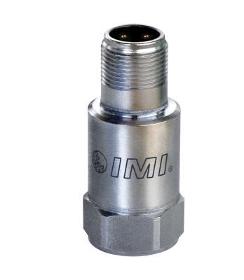
PCB PIEZOTRONICS GMBH
Germany
Usually, acceleration sensors with ICP®/IEPE technology are used for vibration monitoring. Sensors for series use are particularly suitable if a large number of measuring points are to be monitored. The low-cost sensor models, where the sensor model 627A01 belongs, can be integrated permanently into monitoring systems or used in conjunction with a portable data collector/analyzer for route-based monitoring. The accelerometer presented here, model 627A01, can be used in ambient temperatures up to 121 °C. If the operating conditions require it, this model is also available with EX approval or with SIL-2 declaration. All sensors are supplied with 1-point calibration according to ISO 17025. The industrial accelerometer, model 627A01, is equipped with a quartz sensing element. — Measuring range 50 g — Sensitivity 100 mV/g — Frequency range 0.33 ... 10,000 Hz — Single-point calibration at 100 Hz — 2-pin connection socket on top For an individual offer, please contact us directly
Request for a quote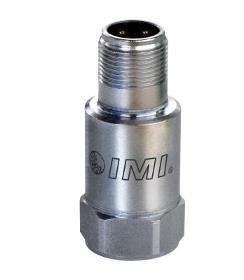
PCB PIEZOTRONICS GMBH
Germany
As with the low-cost sensors, the precision sensors include models with a particularly temperature-stable quartz shear element. Model M628F01 with head connection is used especially in environments with fluctuating environmental conditions and are optionally available with high-temperature electronics for use up to 163 °C. — Industrial ICP®/IEPE accelerometer -Measuring range ±50 g —Sensitivity: 100 mV/g -Frequency range: 0.33 to 12000 Hz -With metric (M) or inch mounting bolt For an individual quotation please contact us directly.
Request for a quote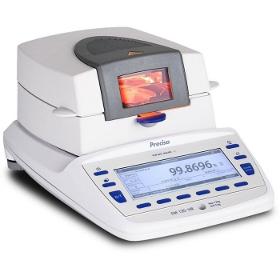
SCALES AND MEASURING INSTRUMENTS
Germany
Moisture analysing is an integral part of production and processing of many raw and finished products and has a crucial impact on the quality of the product. Moisture analysers are used particularly in the food industry, water resource management (sewage plants, etc.), plastics industry, agriculture and the energy industry (bio-energy plants, etc.). Determining moisture requires a great deal of experience. Depending on the type of sample and the task involved, various drying processes are used. Sample is evenly warmed from above, without risk of burning the sample surface Affordable purchase costs ensure rapid amortisation of the device Most common temperature ranges from 35 – 200 °C High measuring precision, up to 0.01 % Sufficient buffer capacity, weighing capacity up to 200 g Various drying programs (soft drying, standard drying, drying in levels, rapid drying (Boost)) The
Request for a quote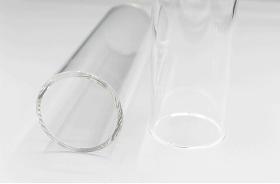
SINO QUARZ GMBH
Germany
Wir bieten kundenspezifische angepasstes Quarzglas und technische Keramik an.
Request for a quoteResults for
Quartz - Import exportNumber of results
15 ProductsCountries
Company type